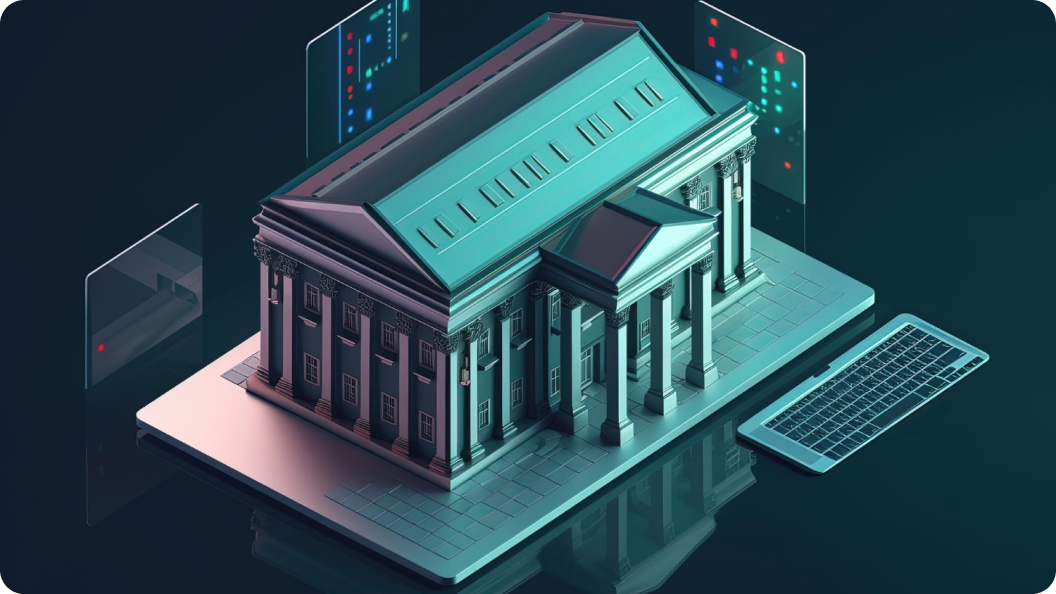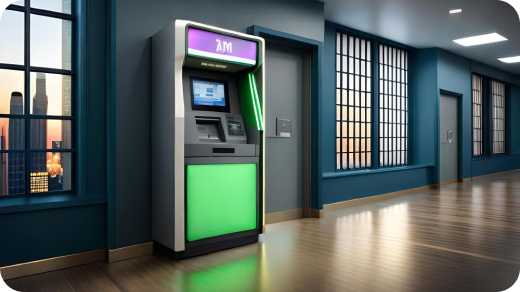Evolution of Banking: From Brick-and-Mortar to Digital
Historically, banking was synonymous with physical branches, paper-based transactions, and face-to-face interactions. Customers would visit these branches for services such as deposits, withdrawals, and loan applications. However, as technology advanced, the industry underwent a paradigm shift.
The introduction of Automated Teller Machines (ATMs) in the 1960s marked the initial step toward automation. Subsequently, telephone banking and online banking emerged, allowing customers to access their accounts and conduct transactions remotely. This transformation laid the foundation for the digital era of banking.
Link digital.amprisedesign.com
The Future of Banking: Trends to Watch
Looking ahead, several trends are poised to shape the future of banking:
-
Artificial Intelligence (AI) and Machine Learning
Banks are utilizing AI and machine learning algorithms to analyze customer behavior, detect patterns, and offer personalized services. Chatbots and virtual assistants provide real-time support, enhancing customer engagement.
-
Open Banking
Open banking initiatives encourage collaboration between banks and third-party developers, allowing customers to securely share their financial data with multiple service providers. This fosters innovation and results in tailored financial solutions.
-
Blockchain and Cryptocurrencies
The adoption of blockchain technology can streamline cross-border transactions, reduce settlement times, and enhance transparency. Cryptocurrencies are also gaining acceptance, offering an alternative form of value exchange.
Learn the process of opening and managing bank accounts. Understand the importance of maintaining minimum balances, staying on top of account statements, and utilizing online and mobile banking services. This will help you track your transactions and balances with ease.
Certainly, let’s explore more aspects of banking in the digital era
-
Personal Finance Management Tools
With the integration of data analytics and AI, banks are offering personal finance management tools that help customers track their spending, set budgets, and make informed financial decisions. These tools provide insights into spending patterns and offer suggestions to improve financial health.
-
Virtual Reality (VR) and Augmented Reality (AR)
Although still in its infancy, VR and AR have the potential to reshape the way customers interact with banks. Virtual branches could offer immersive experiences for consultations and transactions, while AR could provide real-time information on physical bank locations and ATM availability.
-
Data-driven Insights and Predictive Analytics
Banks are leveraging the vast amounts of customer data they possess to gain insights into trends and predict future behavior. This enables them to offer tailored products and services, such as targeted loan offers or investment opportunities.










